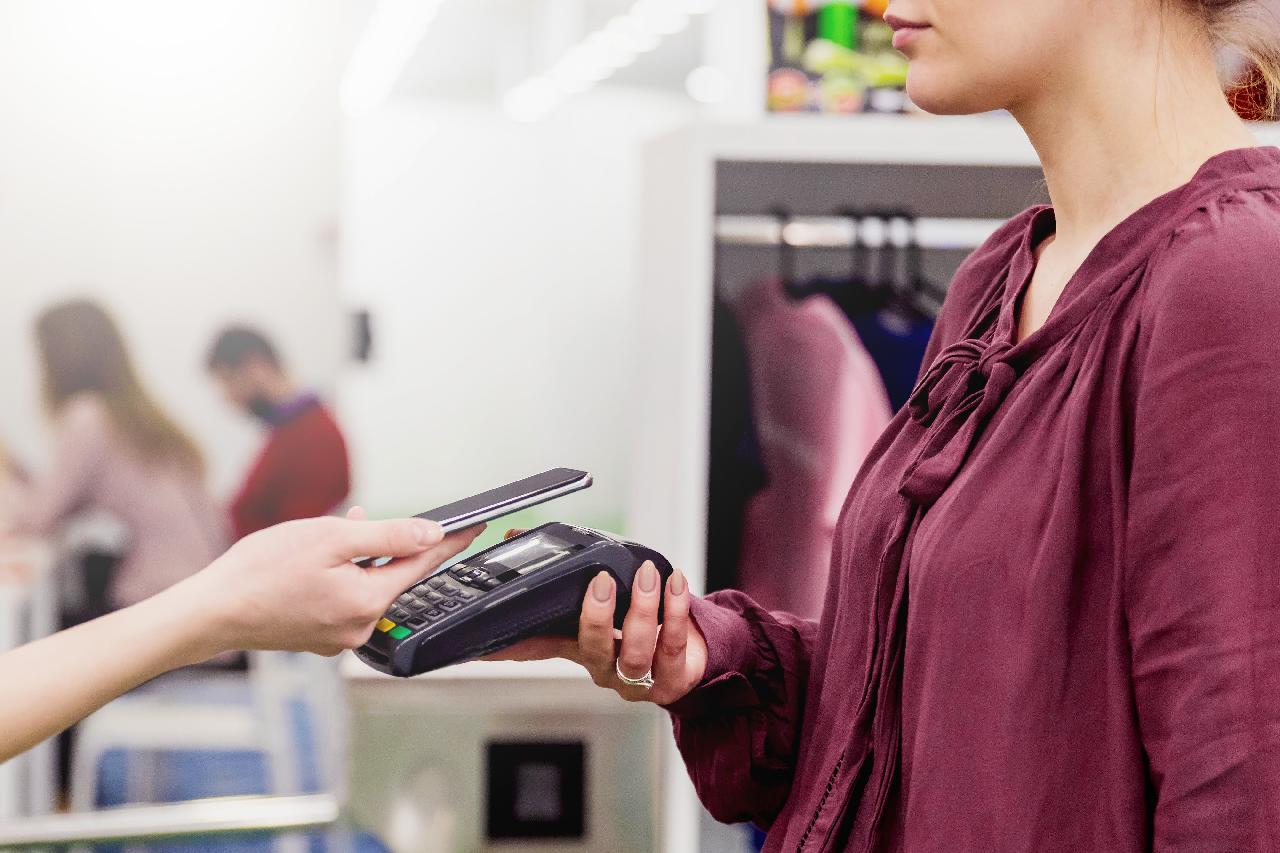advertisement
The Future Of The Payments Industry Is Dazzling

After observing the payments industry over the last couple of years, I have a noticed a few things through the journey of building my first business, 3Mice, and several iterations in Cellulant. I think from the very beginning, the payments industry has been shaped less by technology and more by ease of the market. From the early days of micro-billing where we facilitated buying ringtones for a dollar, to the second phase of Cellulant providing digital payments for banks, and the current phase where we are providing these solutions for merchants. These are my thoughts on how the market is evolving.
- Forces shaping the growth of the payment industry
The payments industry is huge. In the various times we have tried to size it, it has amounted to a $40b to $50b segment. M-Pesa, on its own, is just shy of $1 billion. It is a huge market across Africa. Growth is being driven by the change of digitisation and by the natural progression of the same as well as players who are driving at financial inclusion.
advertisement
- Segments in the market driving demand for payment
There are several of these:
- Global customers looking to make payments with Africa and in Africa;
- Customers looking to do the same across markets as Africa gets increasingly connected;
- Large customers who have large customer bases and are looking for a convenient way to get paid:
- Small and medium-sized businesses that don’t have infrastructure to build footprints across markets and can only collect digitally.
- What Kenyans will use over the next couple of years
You cannot ignore mobile money in Africa. With just about 4m users give or take. Banks have also become more digitally enabled with 300m bank accounts. Payment methods directly from banks, newer versions of EFT and Swift will become significant payment methods. You cannot ignore proximity payments either. Cash getting digitised with an agent or at a physical pay point continues to be a very large payment method. These are seen in different forms via mobile money, SIM, SSD, tap and pay cards – just some of the landscape areas driving payments.
advertisement
- Who are the players in the market?
By now the largest players are, and will be for a while, mobile money operators. Second largest are going to be banks. Payments are still a significant part of the banking business. They will innovate from the traditional card acquiring into digital payments acquiring into other forms of payments. Fintech players will become payment platforms, and of course the traditional global players such as the card companies and traditional acquirers and processors will also become significant. By far, the global brands that are traditionally non-payment – the Googles and Facebooks for instance, will also become active players in the ecosystem. These major forces are going to shape the market as far as competition is concerned.
advertisement
- What kind of tech are we likely to see driving this?
The good old-fashioned USSD and SMS remain because of accessibilities. Data science, AI, Machine Learning will power payments landscape for fraud management, credit rating and things like ‘buy now, pay now,’ ‘buy now, pay later,’ or ‘buy now, pay slowly.’ The traditional card swipe and PIN or tap and pay cocktail of technologies will be driving proximity payments. There are some of the newer kids on the block like blockchain. They are still very young and their use cases still forming.
All these technologies will form a healthy mix in the future of payments across Africa.
From 3Mice to Cellulant, Ken Njoroge, now Chair of Cellulant, seemed destined for entrepreneurship. With 22 years of expeerience, he shared his thoughts about the future of the payments industry. This is his presentation during the fifth Fintech Summit by CIO East Africa. It has been condensed and edited for clarity.